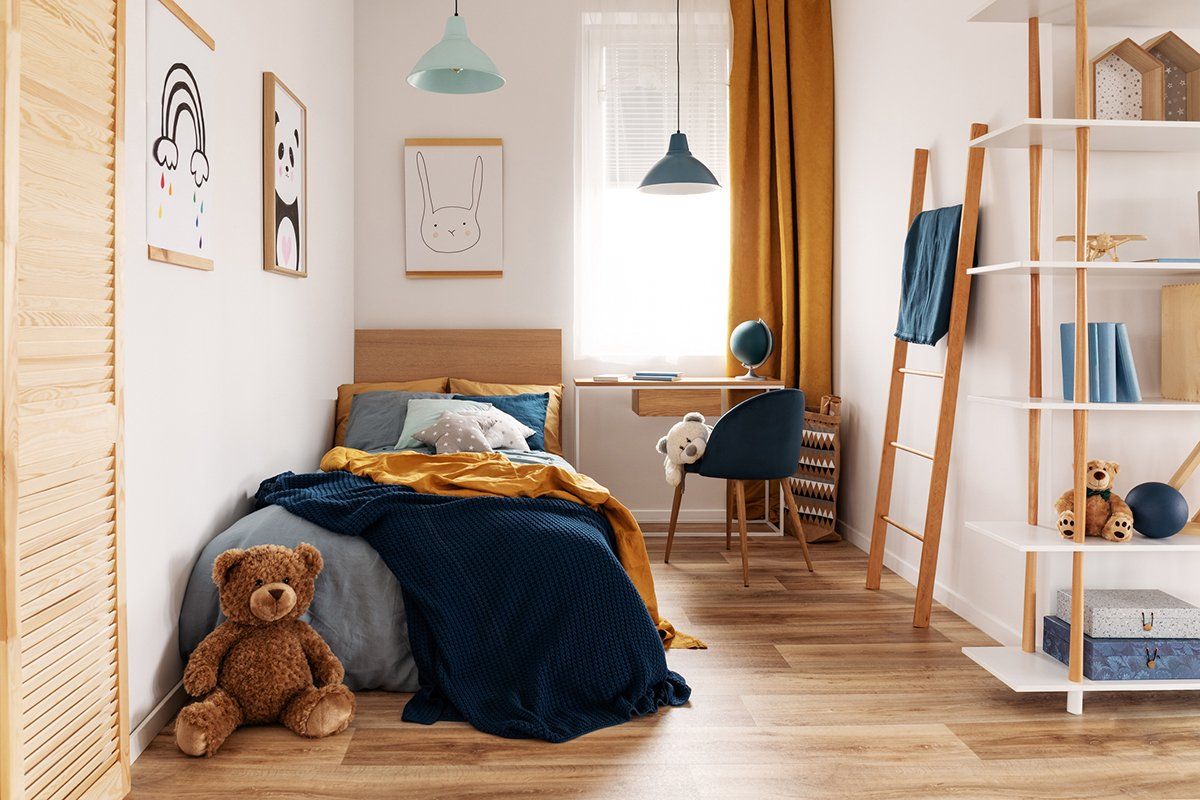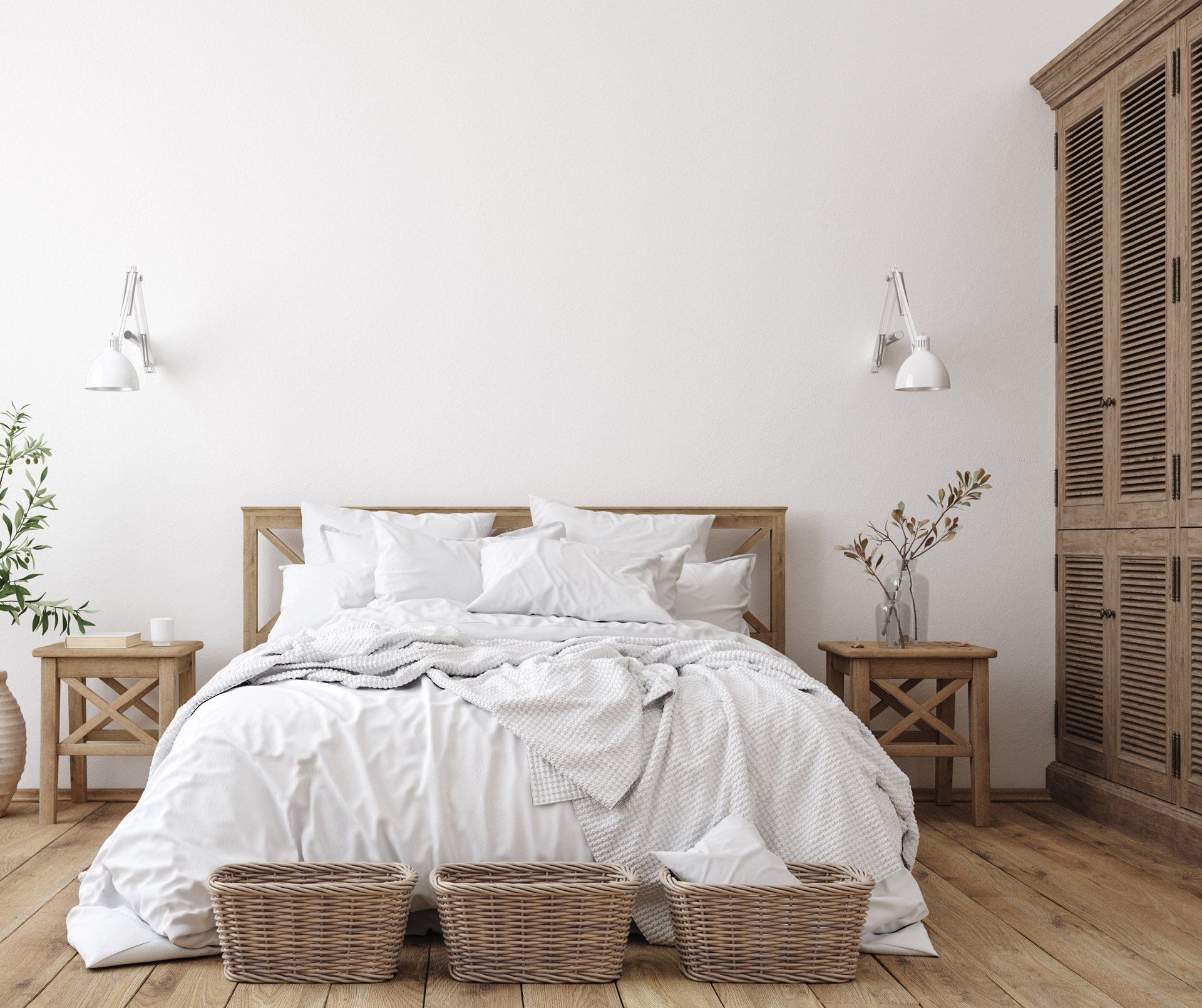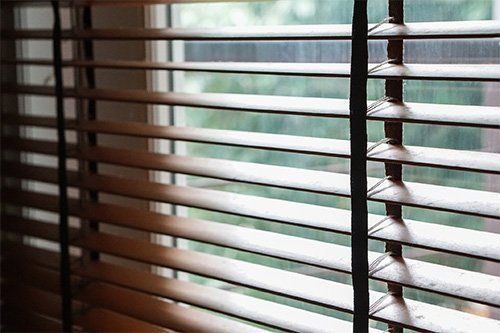Humans should spend about one-third of their day in bed. Better reflexes, a healthier heart, and a stronger immune system come from a good night's sleep. It is worth the effort to create a place to sleep that will offer relaxation and comfort to make sleeping easier to achieve. The type of bedding used will play a role in how comfortable you are at night.
Variety of Sheets
Sheets are in direct contact with you at night, so the choice of thread count, etc., makes a difference in the comfort level of sleepers. Someone that prefers silky sheets would want silk or bamboo rayon. Cotton is a softer option, as is linen and high-quality polyester. Bamboo comes in a variety of blends and weaves for unique textures, and bamboo sateen has a reputation for amazing softness.
Cotton, linen, and bamboo sateen also offer a breathable and lightweight sheet that can help to cool people that get too warm through the night. Silk tends to absorb moisture, so it needs frequent laundering. Polyester is not as breathable as other materials and can make some sleepers too warm.
Cold sleepers that want extra warmth may appreciate polyester, but in the winter will enjoy fleece even more. The soft, thick sheets made from fleece (a form of polyester) generally feel warm to the touch from the moment people slide into their beds.
Cotton and polyester are durable and easy to clean. And silk can take more effort because experts recommend hand washing for the first few launderings. Linen is simple to care for, but its tendency to wrinkle could leave users unhappy if they want a smooth surface beneath them.
Choice of Blankets
Wool blankets continue to be a top choice for many people. Wool is warm, comfortable, dries quickly, and is naturally fire-resistant. The concern with wool is that the material can feel rough and make skin itchy. A sheet between the skin and the blanket will prevent discomfort. Merino wool is also a soft and scratchiness-free alternative.
Cotton and linen are good choices for blankets and toppers. The same benefits they offer for sheets applies to blankets. Silk, though lightweight, is often much warmer than expected. Polyester blankets, because they lack the breathability of other materials, can trap in heat and cause some sleepers to feel too warm at night, as previously mentioned.
Types of Toppers
Consumers can choose from comforters, quilts, and bedspreads to top their bed. Comforters are typically fluffy and warm. This option is great for sleepers that want to keep out the cold but prefer lightweight bedding. Many comforters keep sleepers warm enough to forgo blankets.
Quilts, especially handmade versions, can provide a lot of warmth. The bedding choice usually weighs substantially more than a comforter. Anyone that wants to feel cocooned in their bed will enjoy the added weight of a quilt.
Bedspreads have a weight that is about mid-way between that of a quilt and a comforter. The covers are lightweight enough for use in warmer weather, but people may need to add a blanket on colder nights.
Number of Pillows
The decision to add throw pillows is not just a decorative choice. People that read or watch TV in bed will find the small pillows useful as a neck support. Side sleepers can use the small cushions between their knees for hip and back comfort. Two or three throw pillows are a useful number that will not take too much time to remove at night and rearrange the next morning.
Bedding plays a valuable role in the look of the room and for the comfort of the sleeper. At Genie's Drapery Service, we offer custom bedding so you can have the serene and restful sleep area you desire. Contact us to begin your bedroom design.
Contact Information
Business Hours
- Mon - Fri
- -
- Sat - Sun
- Closed
















